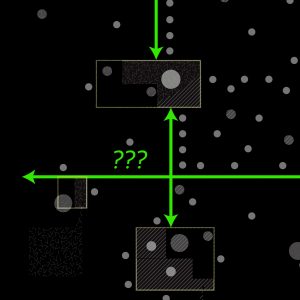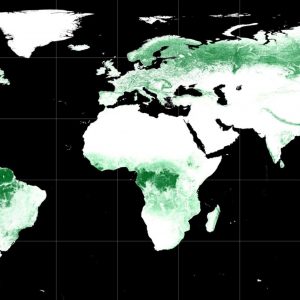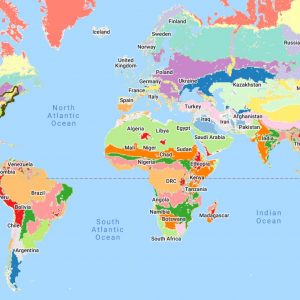Analyze Your City
Cities can conduct a variety of analyses to understand current conditions, identify challenges and opportunities, and develop a strategy for supporting urban nature. The following toolkit modules are designed to help cities start analyzing the seven elements of urban biodiversity wherever they are. Here, you can explore lists of analyses grouped by urban biodiversity element, search our repository of global datasets, and launch databases that can help you find local, high-quality data.
User Guidelines
When using the global datasets compiled in this toolkit, note the following considerations:
- When conducting analyses, the quality of the results are only as good as the quality of data used in the analyses. When using lower-resolution data, perform cursory ground truthing to examine the dataset’s accuracy, and understand the limitations of the data and the information that the data can provide.
- Many — but not all — of these datasets are spatial and downloadable in common spatial data formats, such as shapefiles or geoTIFFs. The datasets listed are free and generally accessible without access to paid software. However, familiarity with GIS-based tools and applications (ArcMap, ArcPro, QGIS), or coding languages with spatial applications such as R or Python, will generally be helpful in visualizing and manipulating some data.
- Unless otherwise noted, we have rated the data for “urban applicability” (how useful data may be for analyses within a city) based on resolution: “Good” < 250m, “Fair” = 250m-3km, “Poor” > 3km. We recommend the listed datasets for urban application only if higher-resolution data are not available for your area of interest.
- Some datasets are generated through community science (also known as citizen science). These open-source datasets can be incredibly valuable resources, but records may vary substantially in quality. In general, community science datasets may over-represent more densely-populated urban areas, as where there are more people, there are more observations. These data may also be variable at the city-scale: data collection can be sparse in underserved neighborhoods. These potential biases in data collection should be considered carefully when using community-sourced datasets in analyses.



